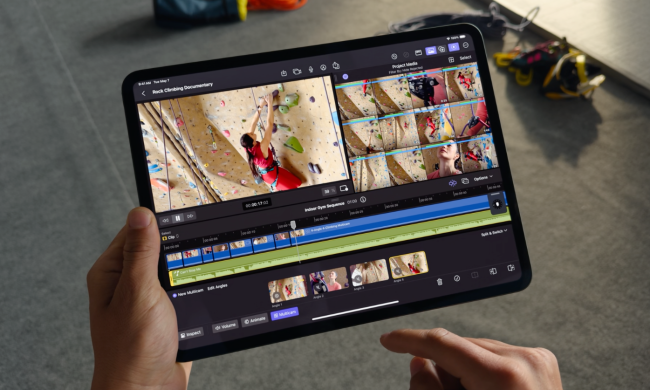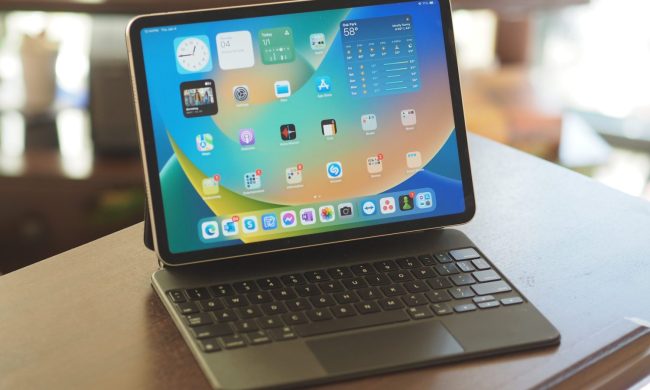UPDATE: Just hours after rolling out the security update, Apple has pulled it after users began experiencing compatibility issues with Safari for sites such as Instagram and Facebook. If you’ve already installed the update, you can downgrade on iPhone and iPad by going to Settings, then General. Select About and then OS version. Finally, tap Remove Security Response.
For Mac, select the Apple logo top left and then System Settings. Next, select General, and then About. Under macOS, select the “i” (information) button located beside the OS version. Where it says Last Security Response, select the Remove & Restart button, and then Remove Response and Restart in the prompt.
Below is the original story:
Anyone with an iPhone, iPad, or iMac running the latest operating system is strongly advised by Apple to download a security update for the devices as soon as possible.
The tech giant said that the vulnerability means that “processing web content may lead to arbitrary code execution.” In other words, a hacker could, for example, plant malware on a device via an infected webpage. More importantly, Apple said that the flaw, which was reported by an anonymous security researcher, may have already been actively exploited, so it’s best to grab the update now.
It’s available for iPhones running iOS 16.5.1, iPadOS with 16.5.1, and Macs with macOS Ventura 13.4.1.
To perform the update manually on iPhone and iPad, go to Settings, then General, and select Software Update near the top of the display, and then follow the prompts.
To update macOS, select the Apple icon at the top left of the display, then select System Settings > General > Software Update. You’ll then be guided through the process.
If automatic updates are enabled on your device, you shouldn’t have to do anything, though it only takes a second to check if you’re all set.
Monday’s security updates are part of Apple’s Rapid Security Response system (RSR). It’s been testing the system since last year, and in May it rolled out its first RSR update.
RSR updates deliver important security improvements, are more targeted, and don’t require a big software update. That way, the releases can be rolled out more efficiently and are usually quicker to install. Apple says that when an RSR has been installed, a letter appears in parenthesis after the software version number, for example, iOS 16.5.1 (a).
Apple also notes that RSR updates are delivered only for the latest versions of iOS, iPadOS, and macOS, starting with iOS 16.4.1, iPadOS 16.4.1, and macOS 13.3.1.


